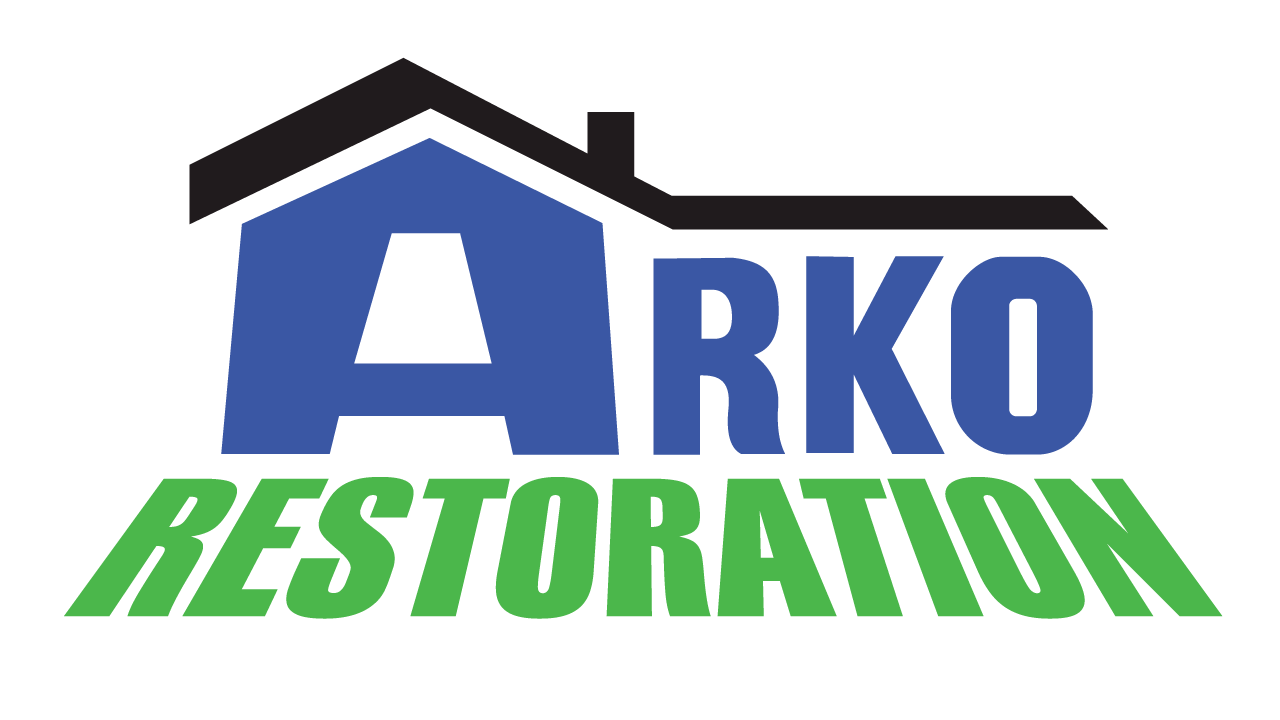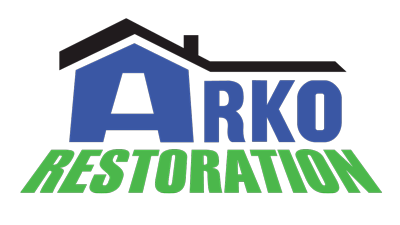Water damage can strike at any time, whether from a burst pipe, severe storm, or flooding incident. While water intrusion itself can be devastating, the long-term consequences of unmitigated water damage can be even more catastrophic. Mold growth, structural deterioration, and potential health hazards are just a few of the risks that underscore the importance of thorough, professional water removal and restoration.
In the realm of water damage restoration, the industry’s top professionals are continually raising the bar, employing cutting-edge techniques and adhering to the highest standards to ensure effective water extraction, drying, and remediation. From advanced moisture mapping and thermal imaging to innovative drying systems and antimicrobial treatments, these water restoration experts leave no stone unturned in their pursuit of complete property rehabilitation.
In this blog post, we’ll delve into the advanced methodologies and state-of-the-art equipment employed by the water damage restoration industry’s elite professionals. You’ll gain insights into the meticulous processes they follow, the specialized training they undergo, and the unwavering commitment to excellence that sets them apart. Whether you’re a homeowner seeking to understand the intricacies of water damage restoration or an industry professional striving to elevate your craft, this comprehensive guide will shed light on the cutting-edge techniques that are redefining the standards of water damage mitigation.
1. Moisture Mapping and Thermal Imaging
Advanced moisture mapping and thermal imaging technologies are invaluable tools in the water damage restoration process. By using specialized moisture meters and infrared cameras, professionals can pinpoint and assess the extent of water intrusion, even in hidden areas that may be inaccessible to the naked eye. This comprehensive moisture mapping ensures that no pockets of lingering dampness are overlooked, preventing future mold growth and structural deterioration. Thermal imaging cameras detect temperature variations, allowing technicians to identify areas of moisture accumulation behind walls, ceilings, and floors. This technology is particularly useful in complex water damage scenarios, ensuring that the drying process is thorough and effective.
2. Structural Drying Equipment
Professionals in the water damage restoration industry employ a range of specialized drying equipment to efficiently remove moisture from affected areas. High-velocity air movers and dehumidifiers work in tandem to circulate warm, dry air and extract excess humidity, accelerating the drying process. Low-grain refrigerant dehumidifiers are particularly effective in large-scale water damage situations, capable of removing vast amounts of moisture from the air. Additionally, innovative drying systems, such as trailer-mounted desiccant dehumidifiers, can be deployed in extreme cases, providing industrial-strength drying power to tackle even the most challenging water intrusion scenarios.
3. Antimicrobial and Deodorizing Treatments
Water damage often creates an ideal breeding ground for mold, bacteria, and unpleasant odors. To address these concerns, professionals utilize advanced antimicrobial and deodorizing treatments. EPA-registered disinfectants and antimicrobial coatings are applied to affected surfaces, effectively inhibiting the growth of harmful microorganisms and preventing the spread of potential health hazards. Furthermore, specialized deodorizing agents and ozone generators are employed to neutralize persistent odors, leaving the restored area fresh and odor-free.
4. Water Extraction and Disposal
Efficient water extraction is a critical first step in the water damage restoration process. Professionals utilize powerful truck-mounted and portable extraction units to quickly remove standing water from affected areas. These high-capacity systems are designed to handle large volumes of water, minimizing the risk of secondary damage and enabling a faster transition to the drying phase. Additionally, professionals adhere to strict protocols for the proper disposal of contaminated water, ensuring compliance with environmental regulations and safeguarding public health.
5. Containment and Negative Air Pressure
In situations involving potential cross-contamination or the spread of airborne particulates, professionals implement containment measures and negative air pressure systems. By creating sealed containment areas and establishing negative air pressure through specialized equipment, they effectively prevent the migration of contaminants to unaffected areas. This approach not only protects occupants and workers but also minimizes the risk of further damage and ensures a more controlled and efficient restoration process.
6. Pack-Out and Content Restoration
Water damage often affects not only the structure but also personal belongings and contents within the property. Professionals in the water damage restoration industry are skilled in the meticulous process of pack-out and content restoration. They carefully inventory, pack, and transport salvageable items to a secure facility for specialized cleaning, drying, and restoration. This process may involve state-of-the-art ultrasonic cleaning systems, ozone treatment chambers, and freeze-drying techniques, among others, to restore cherished possessions and minimize the need for replacement.
7. Specialized Training and Certification
The effectiveness of water damage restoration professionals is rooted in their extensive training and certification. Industry-recognized organizations, such as the Institute of Inspection, Cleaning and Restoration Certification (IICRC), provide comprehensive training programs and certifications that equip technicians with the knowledge and skills necessary to handle a wide range of water damage situations. These certifications cover areas such as applied structural drying, mold remediation, odor control, and health and safety protocols, ensuring that professionals adhere to the highest industry standards.
8. Advanced Documentation and Reporting
Thorough documentation and detailed reporting are hallmarks of professional water damage restoration services. Technicians meticulously document the entire restoration process, from initial assessment to completion, using advanced moisture mapping software, photo and video documentation, and comprehensive reporting tools. This documentation not only ensures transparency and accountability but also serves as a valuable resource for insurance claims and future reference.
9. Environmental Considerations
Water damage restoration professionals are keenly aware of the environmental impact of their operations and strive to minimize their ecological footprint. They utilize eco-friendly cleaning products and practices, implement proper waste disposal protocols, and prioritize energy-efficient drying and dehumidification equipment. Additionally, many companies in the industry are committed to sustainable practices, such as recycling programs and carbon footprint reduction initiatives, demonstrating their dedication to environmental stewardship.
10. Ongoing Research and Development
The water damage restoration industry is constantly evolving, driven by ongoing research and development efforts. Industry leaders invest in cutting-edge technologies, innovative techniques, and advanced materials to continually improve the effectiveness and efficiency of their services. Collaborations with academic institutions, research organizations, and equipment manufacturers contribute to the development of new methodologies and the refinement of existing practices, ensuring that professionals remain at the forefront of their field and can provide the highest level of service to their clients.
Conclusion:
By leveraging these advanced techniques and adhering to the highest industry standards, water damage restoration professionals are redefining the norms of their trade. Their unwavering commitment to excellence, coupled with their expertise and state-of-the-art equipment, ensures that properties and personal belongings affected by water damage are restored to their pre-loss condition, minimizing disruption and providing peace of mind to homeowners and businesses alike.


